A Love of Sunflowers
Sunflowers are one of the easiest flowers to grow and in our mild desert winters, they can be grown year-round. They have a rich cultural background in folklore and mythology and is revered by the Native Americans. Some native tribes used it as the 4th sister in a planting system of squash, beans, and corn. The Hopi nation of the Southwest even used them to predict the coming harvest. If the sunflowers were tall and abundant, it was predicted that the harvests would be too.
Sunflowers belong to one of the largest plant families; Asteraceae and the flower head is composed of thousands of tiny inflorescences that are grouped together giving it the appearance of one large flower head. Each of these tiny inflorescences contains pollen and nectar that attract insects. These are also referred to as disk flowers. These disk flowers become seeds once pollinated. The outer petals are referred to as ray flowers.
They are very easy to grow in Phoenix and other hot climates. Seeds can be sown year-round in mild winter areas such as Phoenix. They require very little care; some water to get established, and sunshine. They will do fine in poor soils too. Gardeners are also not limited to yellow for color. There are a variety of colors in the red/ burgundy range, white, and even pink sunflowers. Some varieties only produce one head per plant, others however will produce multiple heads over time. Both are lovely depending on the gardener’s preference.
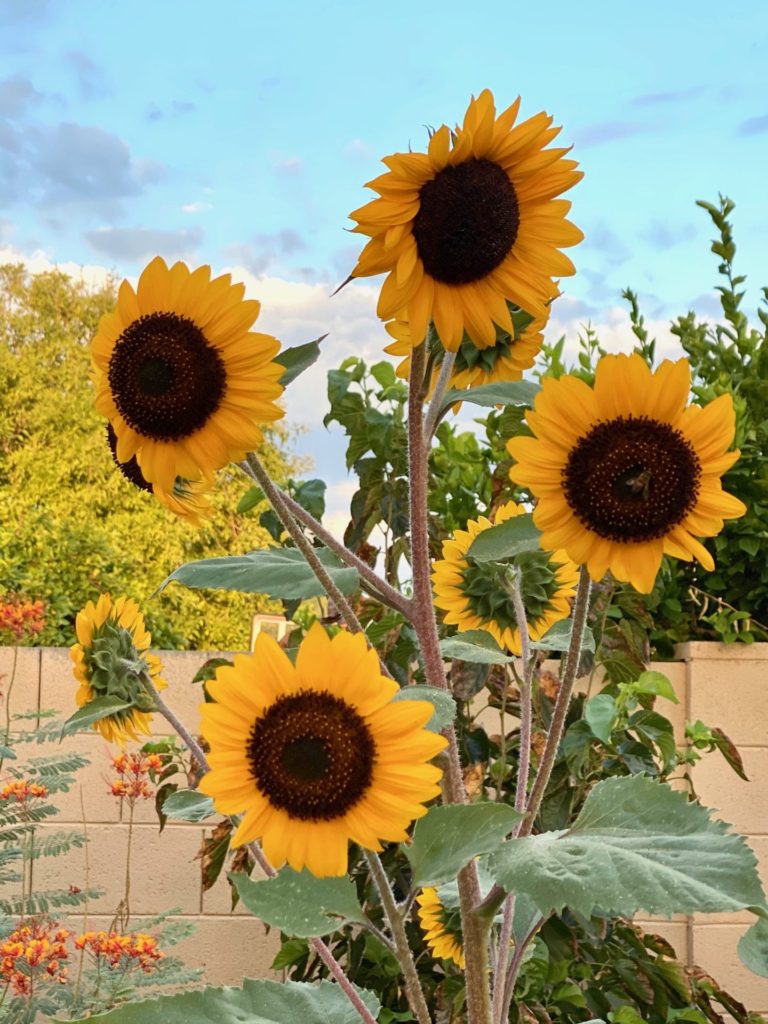
Facing The Sun
In the morning young sunflower heads face east and turn their heads as the day progresses to face the sun. However, once the flower matures, the stem gets stiff and they no longer turn their heads. At this point they usually face East. This also helps to protect the developing seeds from the harsh west sun.
There’s a multitude of uses for sunflowers starting with their ability to help create a healthy garden.
Pest Management
Sunflowers attract a large variety of beneficial insects such as bees, butterflies, lacewings, and parasitic wasps that help control insect pests such as aphids. In addition, sunflowers are also used as a trap crop, attracting certain pests, leaving other crops free of pests. In a trap crop study, the Univesity of California planted sunflowers around tomatoes and other crops to see if brown marmorated stink bugs would be attracted to sunflowers. Their results showed that the stink bugs were mostly found on the sunflowers, with very few found on the tomatoes. More research has to be conducted to ascertain whether the sunflowers just attracted stink bugs to the area or not. See the study below.https://ccag-eh.ucanr.edu/Brown_Marmorated_Stink_Bug/Managing_BMSB/Sunflower_Trap_Crop_Study/
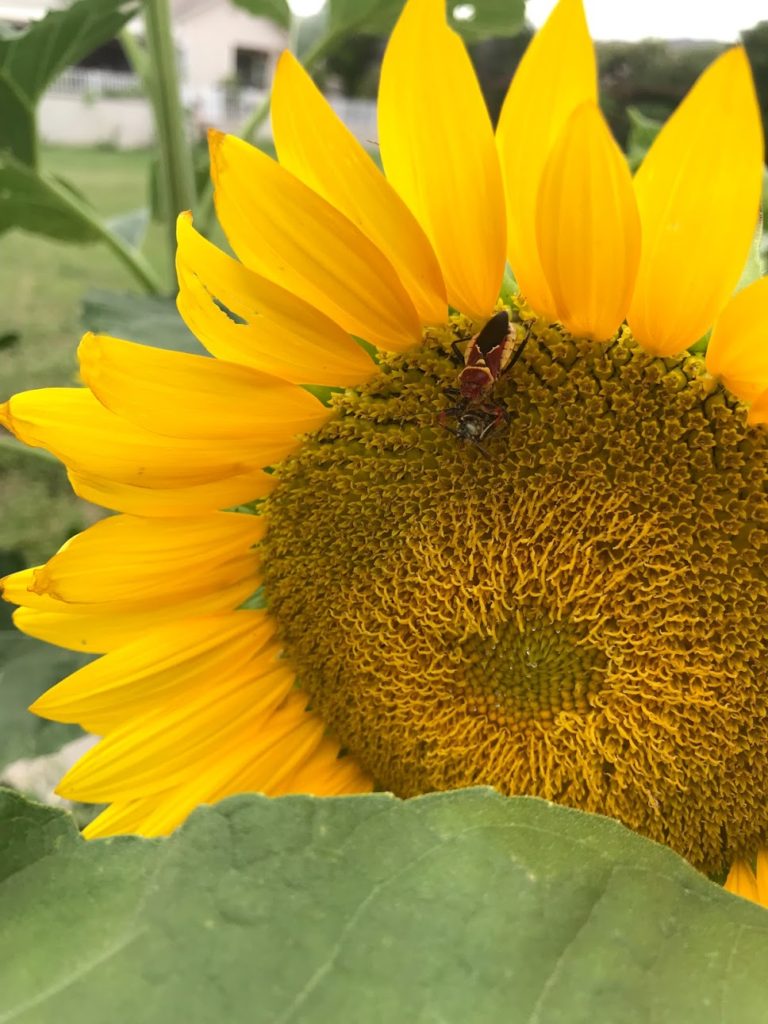
Prevent Soil Erosion
Most sunflowers form a deep taproot, however Perennial sunflowers, also known as Jerusalem Artichokes/sunchokes form a large clustered root of rhizomes. This helps hold the soil in place, and is an excellent choice for growing on slopes.
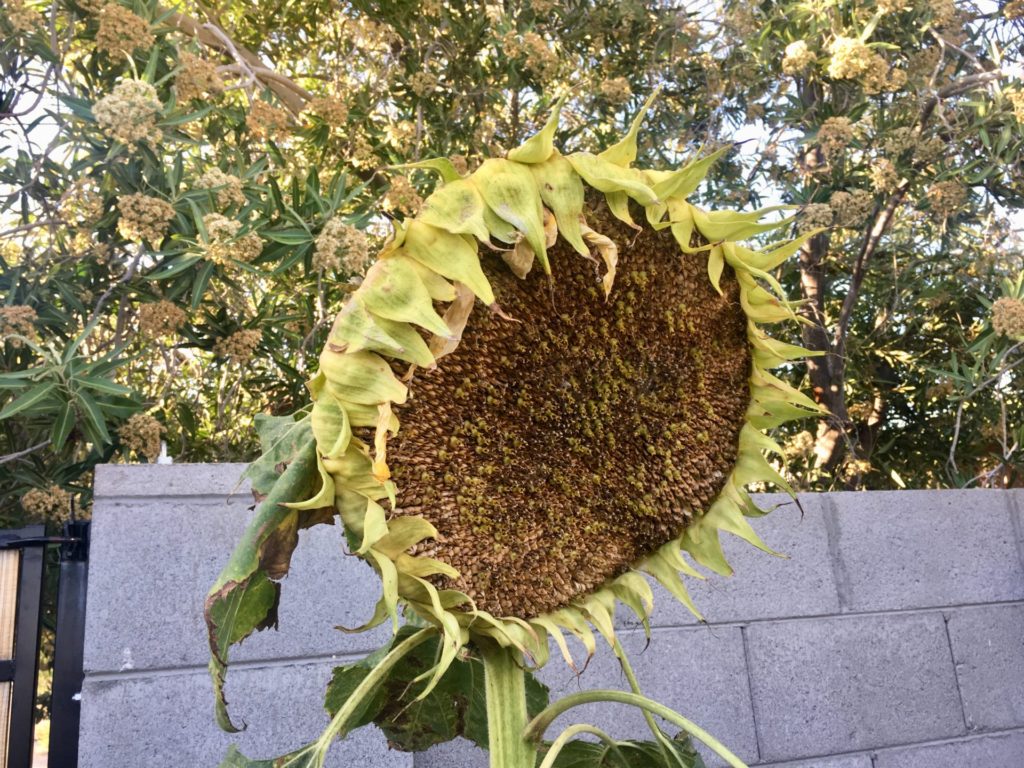
Use as a Medicine
Historically sunflowers were used as medicine, to treat various ailments. The Native Americans would make a decoction from the flower heads to treat respiratory ailments. Elecampane which is a type of sunflower is a powerful herbal remedy to work with lung ailments and is often found in tinctures for supporting the lungs. A tea can also be made from the leaves to work as an expectorant(loosen phlegm), a diuretic, and a fever reducer. A poultice can also be made from the leaves to treat insect bites and reduce fevers.
A Source of Food
Almost every part of the sunflower is edible! Sunflower microgreens are often grown for their exceptional nutrient content, providing protein and iron in addition to vitamins A, B6, C, E, and K. They also contain omega 3’s and 6’s and are a complete source of amino acids. It is an excellent addition to the vegan diet.
Sunflower seeds are delicious and perfect for snacking, but also good as a seed butter or in pestos. The seeds are high in vitamin E, zinc, selenium, iron, and many other minerals. The roots of the perennial sunflower are edible and can be used as a potato substitute. Lastly, the actual sunflower head makes a very tasty meal. The young heads can be steam or sauteed with other vegetables or just on their own. Large heads can be roasted on the grill, try it like elote with mayo, chili, and lime.
Watch the video links for cooking ideas.
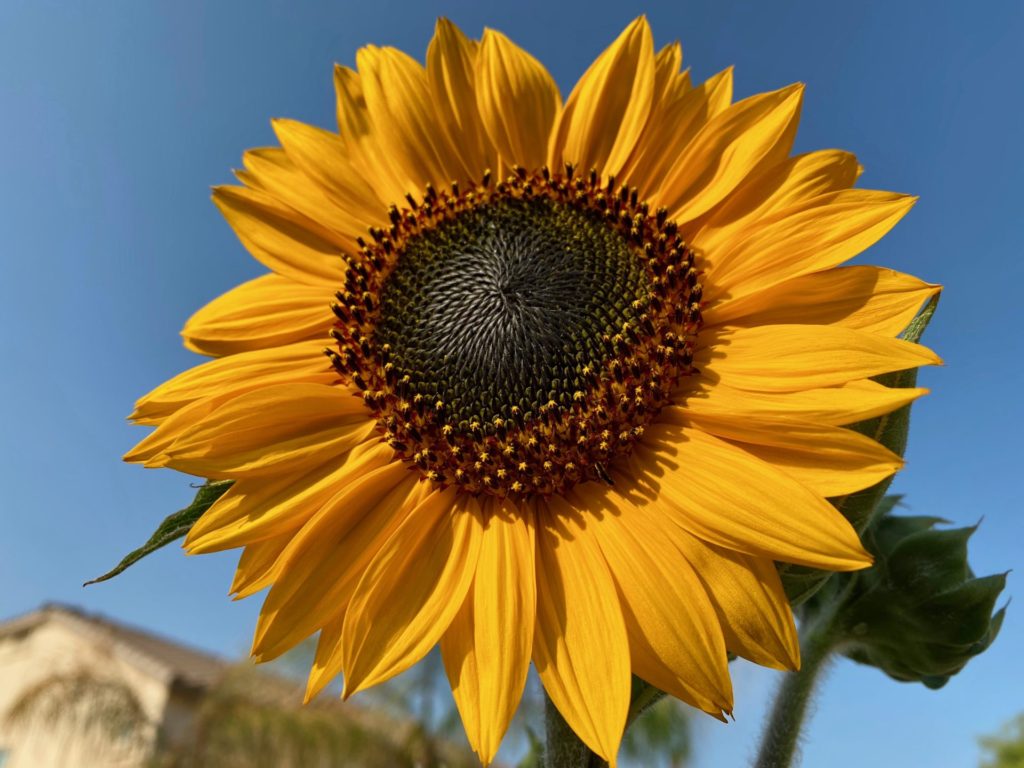
ALLELOPATHY
Sunflower roots can be allelopathic, which means they inhibit the growth of other plants. There are plants, however which are immune to the chemicals which make sunflowers allelopathic. If planting sunflowers switch to other plants, watch the growth of the plants around them. In a four-sisters garden, when planted with corn, squash, and beans, plant everything before the
sunflower seeds are sown. Once the other seedlings are growing, add the sunflower seeds.
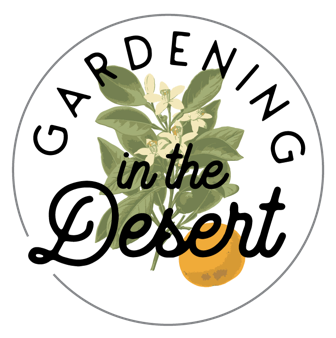
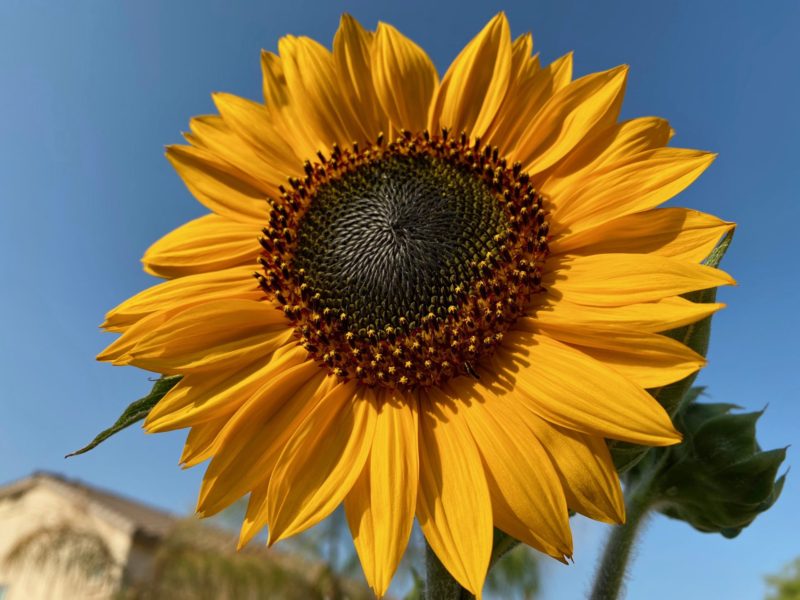
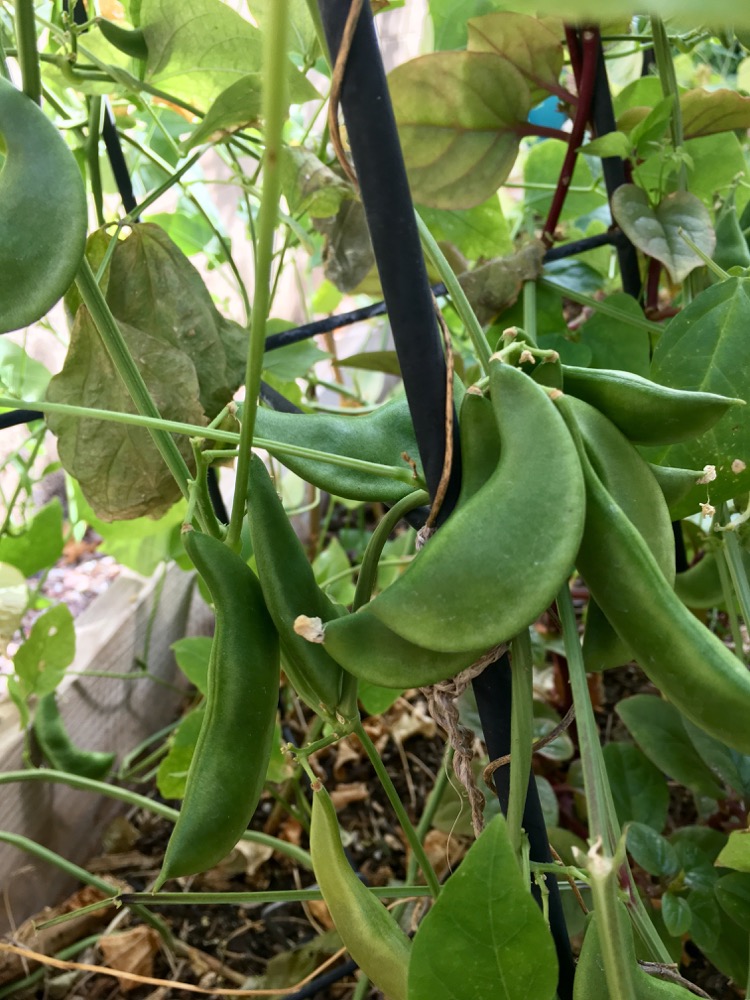
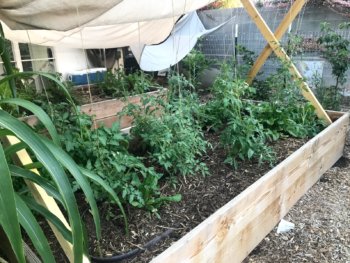
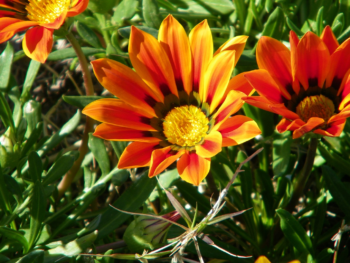
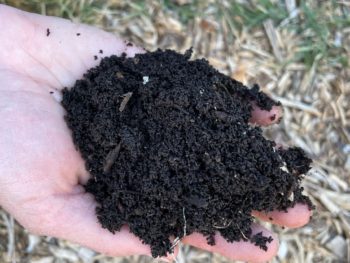
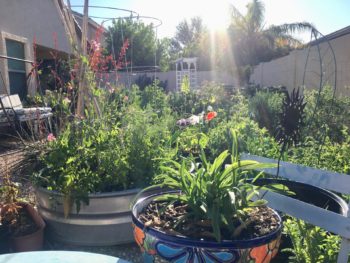
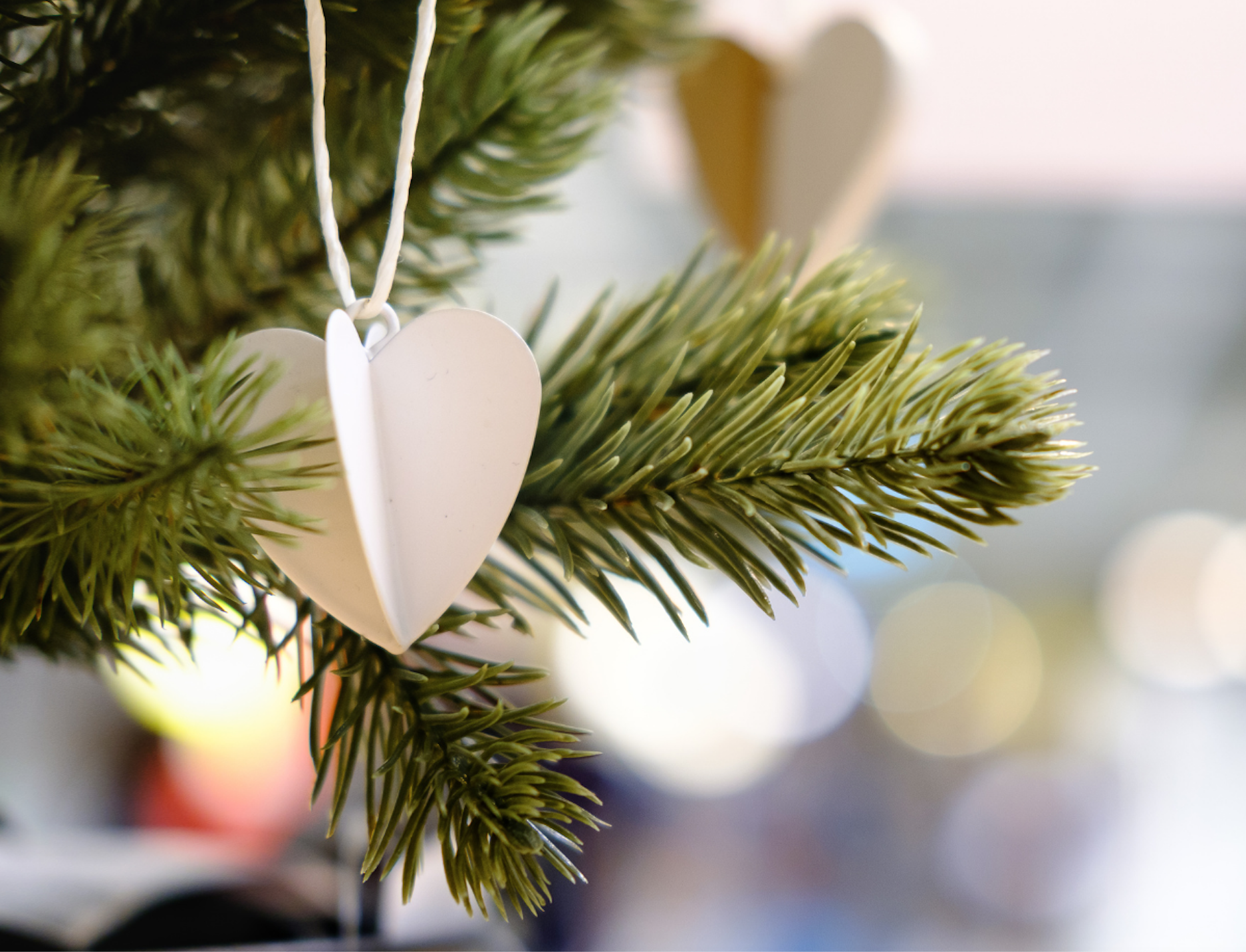
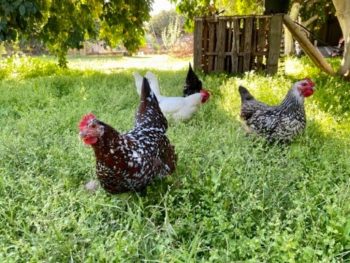
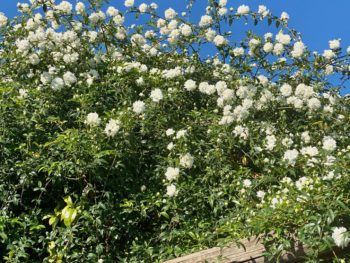
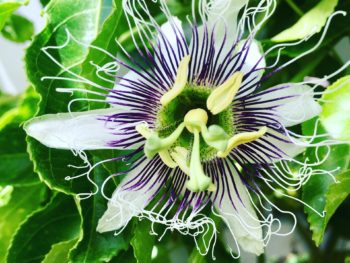
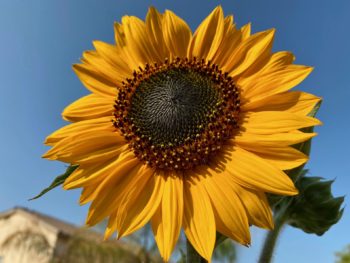
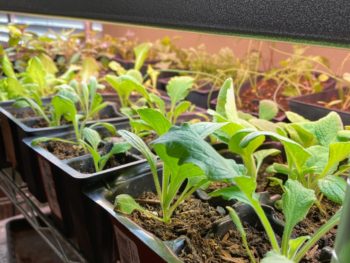
 How To Grow Peanuts In The Desert
How To Grow Peanuts In The Desert